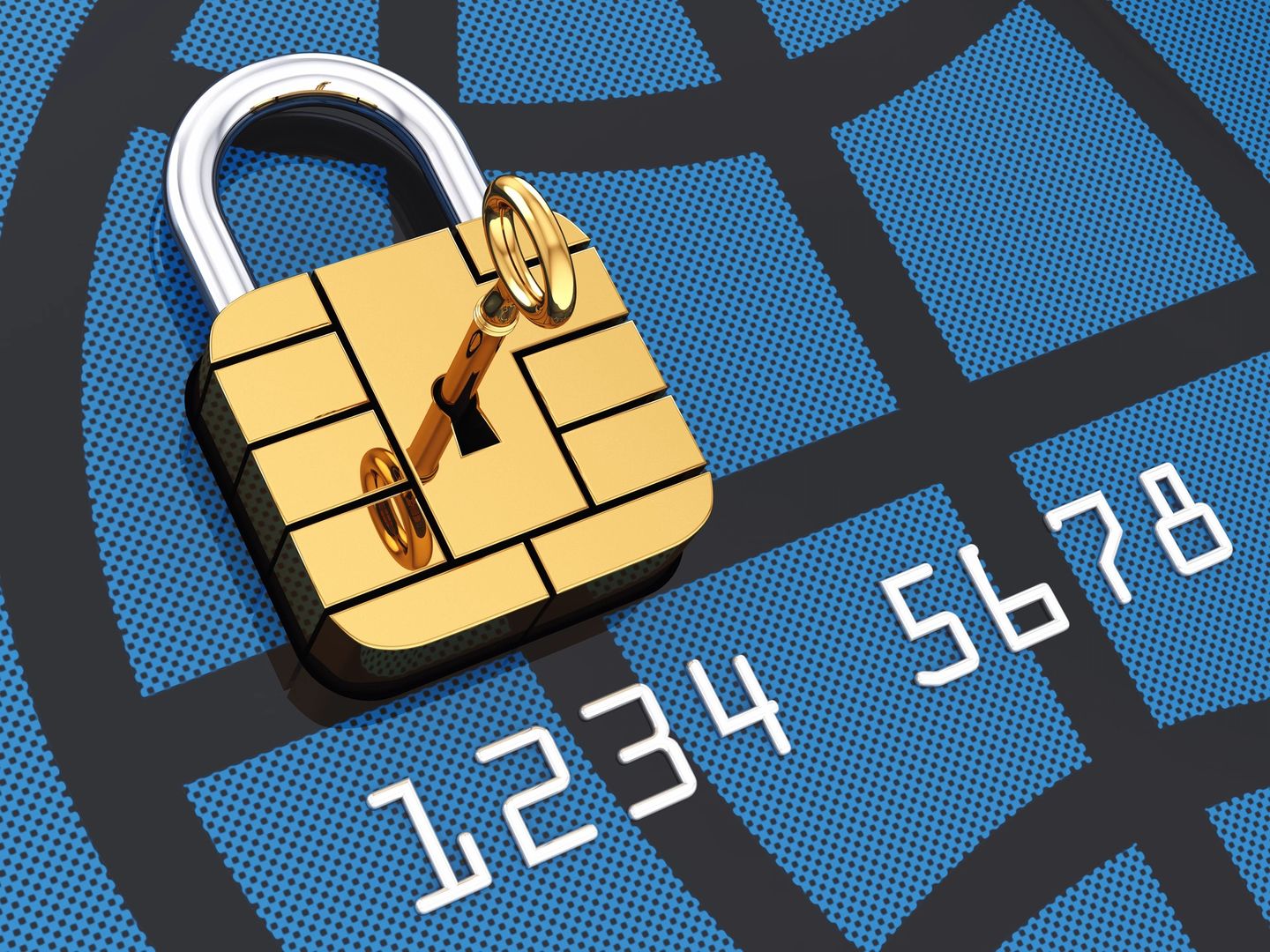Interest

Time for the most complicated yet crucial part that is overlooked by a plethora of consumers. During my time with RBC, I cannot begin to explain how many people didn’t know how interest works. We will be breaking it down but make it as simple as possible.
First, if you make a minimum payment at any time, you WILL get charged interest on the full balance of the statement. To put it simply, your statement prints on September 30th showing a balance owing of $500.00 due on October 21st, if you make a minimum payment of $50.00 you will be charged interest on the full $500.00.
Don’t Miss A Payment
When you miss a payment, the interest isn’t only charged on the few days that were missed. The interest is accumulating from the day the statement prints until the payment is eventually made (simplified explanation). However, it isn’t charged to you until the payment is late, missed or is made at a minimum. The catch is that it’s just not charged to your account if you were to make the full payment on time. Also, typical practice within banks is that if you miss a payment twice within a years time, your interest rate can increase by up to 5%.
Now we will get to how the interest is calculated on a more technical level. Most credit cards here in Canada have an interest rate of 19.99%. However, the monthly fees and range from $0 – $400. That 19.99% is an annual rate but is broken down to the point where it is charged daily. There is a way to get a ballpark number of the interest that is going to be charged with a basic calculator.
Example
Suppose John’s bill printed on the 30th of September 30th for $500.00 at an interest rate of 19.99%. 19.99% of 500.00 = $99.95 Annually (if you were to just keep the balance of $500 and not pay anything off while incurring interest). Take $99.95 and divide it by 365 (charged daily) which brings a total of $0.2738 a day. John pays his bill at a minimum payment on October 25th (due on the 21st making his payment late).
You will then multiply $0.2738 by 25 days because that is how long it has been accumulating for. This equals $6.8458, which will be charged right before the new statement prints.
Interest Calculations
Now we will get to how the interest is calculated on a more technical level. Most credit cards here in Canada have an interest rate of 19.99% with a low or high monthly fee ranging from $0 – $400. That 19.99% is actually an annual rate but is broken down to the point where it is charged daily. There is a way to get a ballpark number of your interest that is going to be charged with a basic calculator.
Suppose John’s bill printed on the 30th of September 30th for $500.00 at an interest rate of 19.99%. 19.99% of 500.00 = $99.95 Annually (if you were to just keep the balance of $500 and not pay anything off while incurring interest). Take that $99.95 and divide it by 365 (because it’s charged daily). This brings a total of $0.2738 a day.
Now, John pays his bill at a minimum payment on October 25th (due on the 21st making his payment late). You would then have to multiply that $0.2738 by 25 days because that is how long it has been accumulating for, $6.8458 which will be charged right before the new statement prints.
Trailing Interest
The final part to interest is the trailing balance. This is a part that a lot of credit card users deal with. John has a balance of $500.00 and makes the payment of $50.00. He will still get charged interest for the $500.00 as stated. The other crucial part to know is that now he will be accumulating interest every single day on that $450.00 (new balance after payment) without a grace period.
To simplify, John’s bill as of September 30th is $500.00. He does not spend anything in the month of October. He pays $50.00 on the 29th, gets charged the interest, and the new statement prints. His new balance is $457.94 ($450.00 + 19.99% interest for 29 days).
Even if he pays off that full balance a week into that new November statement (say November 7th) he will still get charged interest on that $450.00 from October 30th to November 7th ($2.47). It is important to note that credit card companies do not charge interest on the already existing interest. Therefore, the interest is only accumulated again the principal balance.
Cash Advance Interest
Now, we will quickly go over cash advances. Cash advances are anytime money is taken out of your credit card through an ATM or money transfer. Typical interest rates are 22.99% and are accumulated from the day the transaction is made WITHOUT any grace period. That means that if you make a cash advance of $200.00 on the 3rd of September and pay it off on the 6th completely, you will still pay that 3 days of interest using the formula previously explained.
Tips and Tricks
Now that we finally got through this section there are some tips that need to be explained. One, in particular, is how to get that interest waived. Its actually fairly simple and depends on multiple factors (if you’ve previously had a reversal) but one way to really get that interest removed (if it isn’t an astronomically high number) is to just simply ask.
That’s right, just ask politely if the interest can be waived. Be polite and do not try to pull the “I’ve been with you for 50 years” card because they already know. Plus, no one likes dealing with someone who feels entitled to compensation, especially when it’s their own fault. Unless its a bank error, the agent would be doing you a favor. By no means has any obligation to reverse interest, meaning this is completely up to the discretion of the agent.

Shameed is just a man on a mission to help those around him gain financial success. Obsessed with writing about all things finance, this GTA native is constantly learning and sharing his experiences with others.



